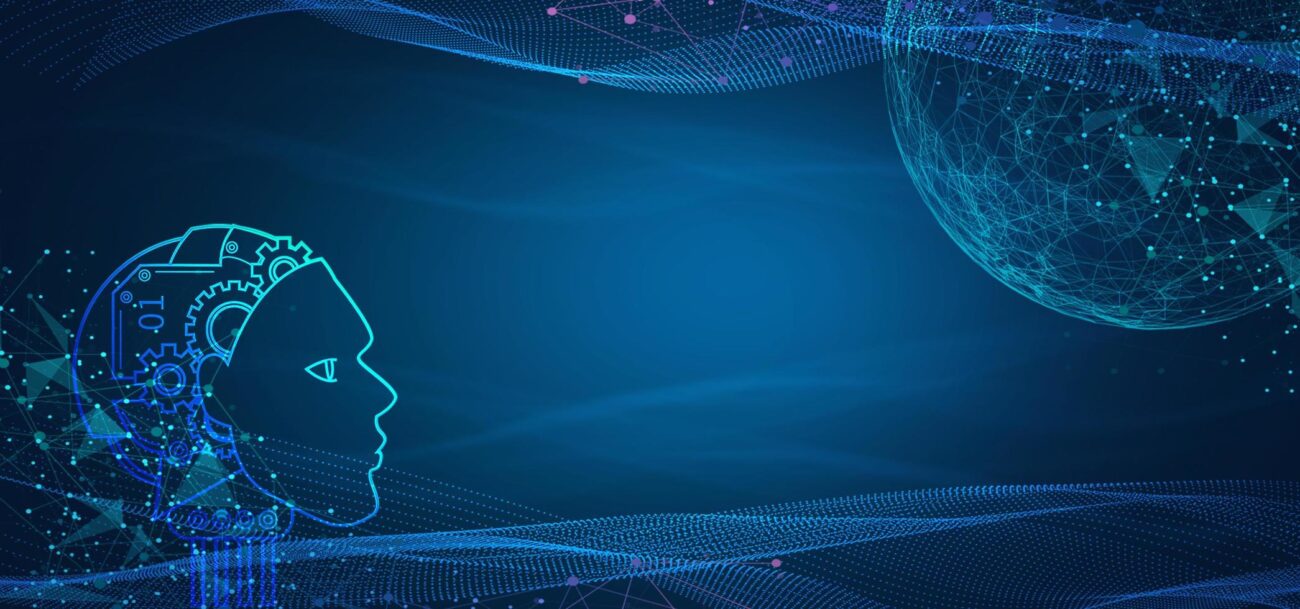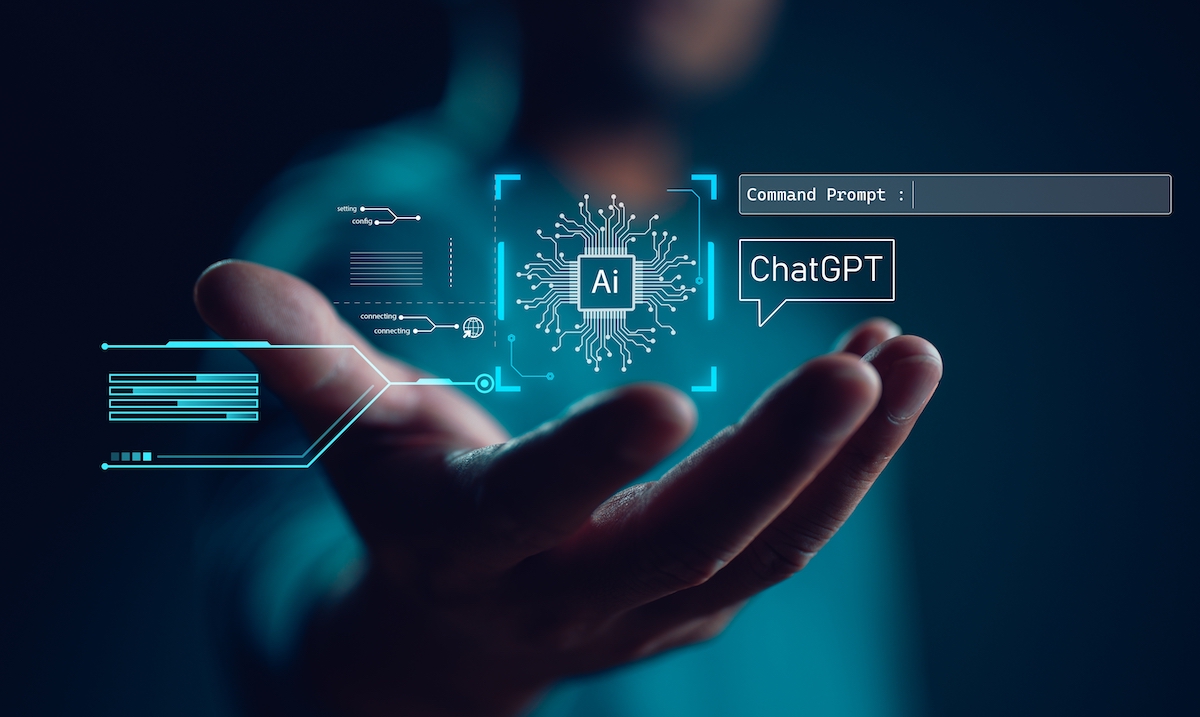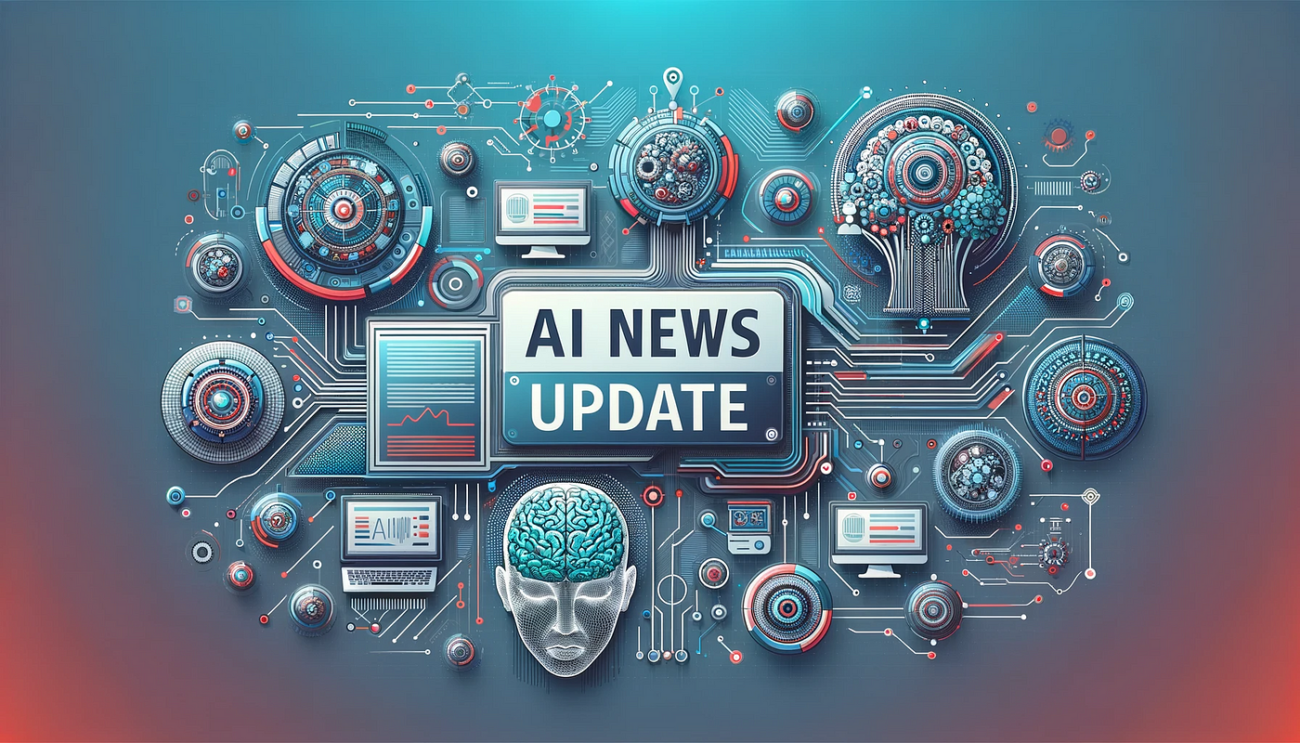Introduction

In 2024, artificial intelligence (AI) has evolved from a futuristic concept into a core component of global industries, daily life, and creative fields. AI influences healthcare, finance, automation, entertainment, and research, making it a transformative force in modern civilization.
This comprehensive article provides a detailed overview of AI, including its history, mechanisms, types, applications, and future potential. We also explore the groundbreaking rise of generative AI and the challenges surrounding its rapid adoption.
What is Artificial Intelligence?

Artificial Intelligence (AI) is a branch of computer science dedicated to creating systems that simulate human intelligence. AI enables machines to perform tasks such as problem-solving, reasoning, learning, perception, and decision-making. Unlike traditional software, AI systems improve over time through data processing and experience.
A Brief History of AI

- 1940s–1950s: Early computers were programmed for logical tasks such as chess and theorem proving.
- 1956: AI became a recognized academic field at the Dartmouth Conference.
- 1980s–2000s: Periods of AI progress (AI Springs) followed by setbacks (AI Winters).
- 2012–Present: AI resurgence due to breakthroughs in deep learning, neural networks, and big data.
How Does AI Work?
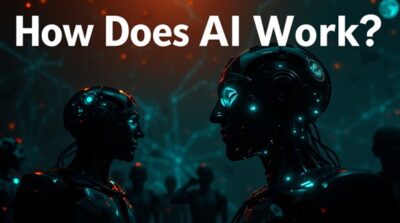
AI is built on machine learning (ML) and deep learning (DL) techniques that allow computers to learn from data and improve autonomously.
- Machine Learning (ML): Algorithms analyze data to make predictions. Examples include spam filters, fraud detection, and recommendation systems.
- Deep Learning (DL): Utilizes neural networks with multiple layers to process vast amounts of complex data. Applications include speech recognition and autonomous driving.
- Natural Language Processing (NLP): Enables AI to understand and generate human language (g., ChatGPT, Google Translate).
1. Narrow AI (Weak AI)
Narrow AI is designed for specific tasks and lacks human-like adaptability. Examples include:
- Voice Assistants (Siri, Alexa)
- Spam Filters
- Facial Recognition Systems
2. General AI (AGI)
General AI (Artificial General Intelligence) would possess human-level intelligence and the ability to perform any intellectual task. AGI remains a theoretical goal in AI research.
3. Generative AI
Generative AI is a subset of narrow AI capable of creating content, including text, images, music, and videos. It utilizes advanced machine learning models such as GPT-4, DALL-E, and Stable Diffusion.
Applications of AI in 2024
AI is revolutionizing multiple industries:
1. Healthcare
- AI-powered systems assist in diagnosing diseases, predicting patient outcomes, and drug discovery.
- Example: IBM Watson Health analyzes medical data to provide insights for treatment.
2. Finance
- AI enhances fraud detection, automated trading, and risk assessment.
- Example: Robo-advisors manage investments using AI-driven algorithms.
3. Autonomous Vehicles
- AI enables self-driving cars to analyze real-time data and make decisions.
- Example: Tesla’s Full Self-Driving (FSD) system.
4. Entertainment and Media
- AI personalizes content recommendations on Netflix, YouTube, and Spotify.
- AI-generated art, music, and films are emerging as a new creative trend.
5. Customer Service
- AI chatbots provide instant support for businesses, reducing wait times and operational costs.
- Example: ChatGPT-powered virtual assistants handle inquiries 24/7.
The Rise of Generative AI in 2024
One of the most exciting advancements in AI is the rise of generative AI, which can create human-like text, images, and even code.
Key Technologies Behind Generative AI
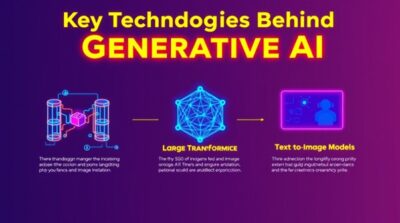
- Transformer Architecture: Introduced in 2017, transformers power GPT-4, BERT, and T5.
- Large Language Models (LLMs): AI models trained on massive datasets to understand and generate text.
- Text-to-Image Models: AI models like DALL-E and Midjourney can generate artwork from textual descriptions.
Use Cases of Generative AI
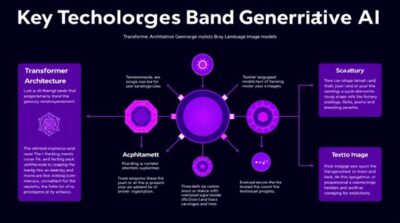
- Content Creation: AI tools assist in writing blog posts, marketing copy, and research papers.
- Coding: AI-powered coding assistants help developers write and debug code.
- Education: AI tutors personalize learning experiences for students.
- Design and Creativity: AI-generated art and music expand creative possibilities.
Challenges and Ethical Considerations

Despite its advantages, AI presents ethical and societal challenges that must be addressed:
1. Bias in AI Algorithms
- AI models may inherit biases present in their training data, leading to unfair outcomes.
- Example: AI-powered hiring systems have shown gender and racial biases.
2. Job Displacement
- Automation threatens traditional jobs, requiring workforce adaptation through reskilling and upskilling.
3. Privacy and Security
- AI raises concerns about data privacy, surveillance, and cybersecurity risks.
4. AI Regulation and Governance
- Governments are exploring regulations to ensure AI development aligns with ethical standards.
- Example: The EU AI Act aims to regulate high-risk AI applications.
The Future of AI

AI continues to evolve, with groundbreaking developments on the horizon:
1. AI Democratization
- User-friendly AI tools are making AI accessible to non-experts, enabling widespread adoption.
2. Quantum AI
- Quantum computing promises to revolutionize AI by solving complex problems exponentially faster.
3. AI in Climate Science
- AI is being used to model climate change, optimize energy consumption, and develop sustainable solutions.
4. Human-AI Collaboration
- AI will augment human creativity and productivity rather than replace human roles entirely.
Conclusion
AI is no longer a futuristic dream but an active force shaping industries, society, and creativity. The rise of generative AI in 2024 has demonstrated AI’s potential in content creation, automation, and problem-solving. However, ethical challenges such as bias, privacy, and job displacement require proactive measures to ensure responsible AI development.
As AI continues to evolve, collaboration between developers, policymakers, and researchers will be crucial in maximizing AI’s benefits while mitigating its risks.


